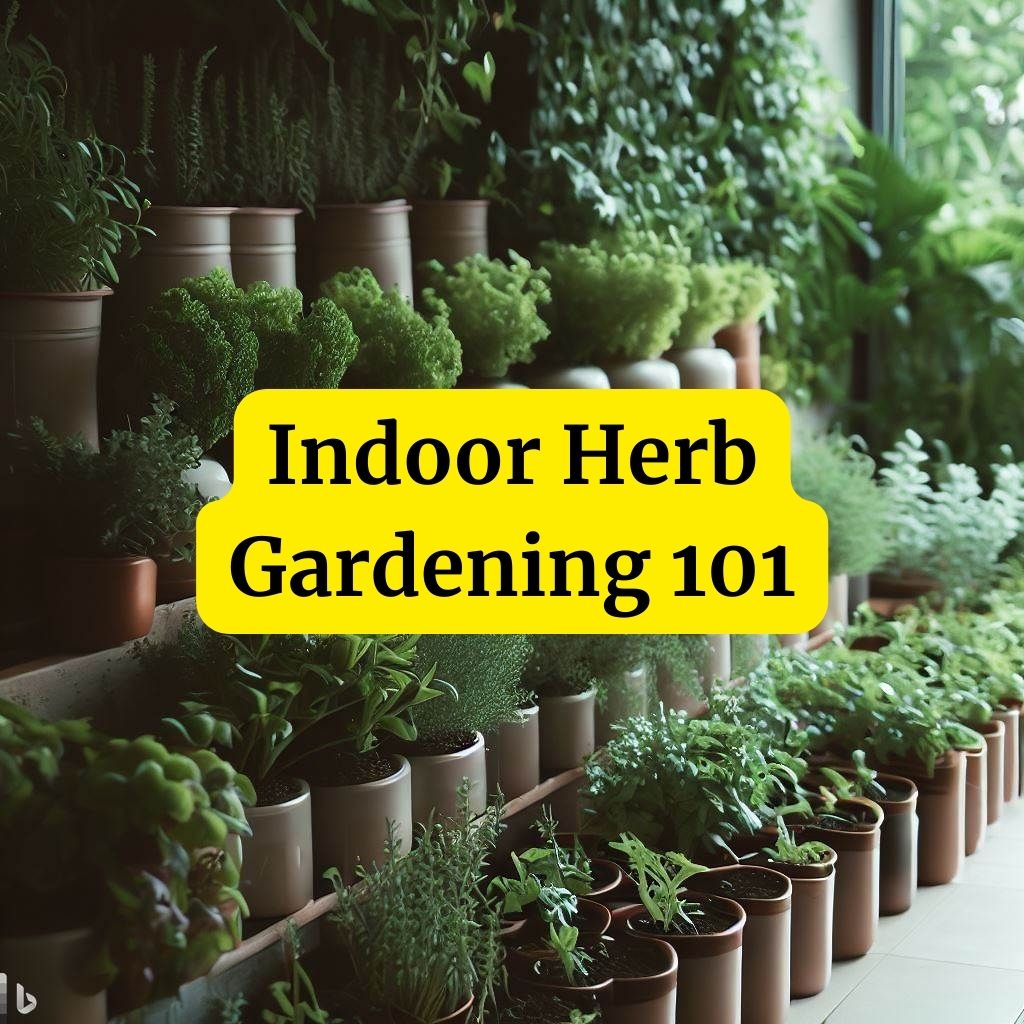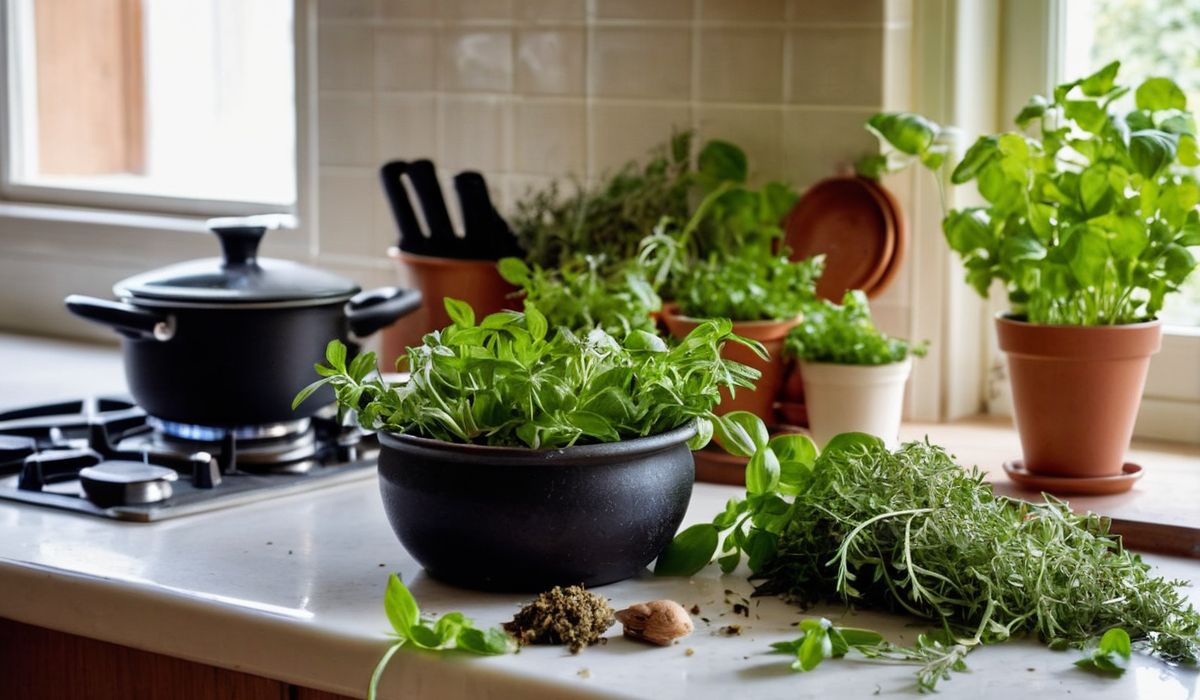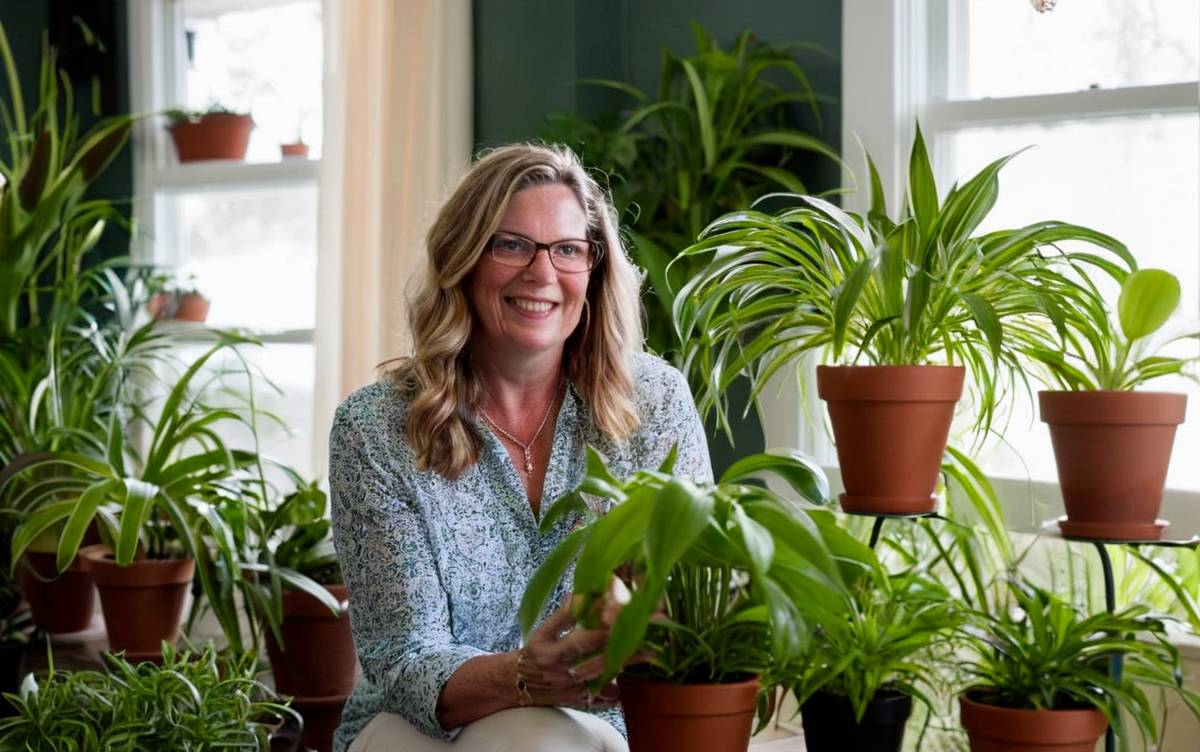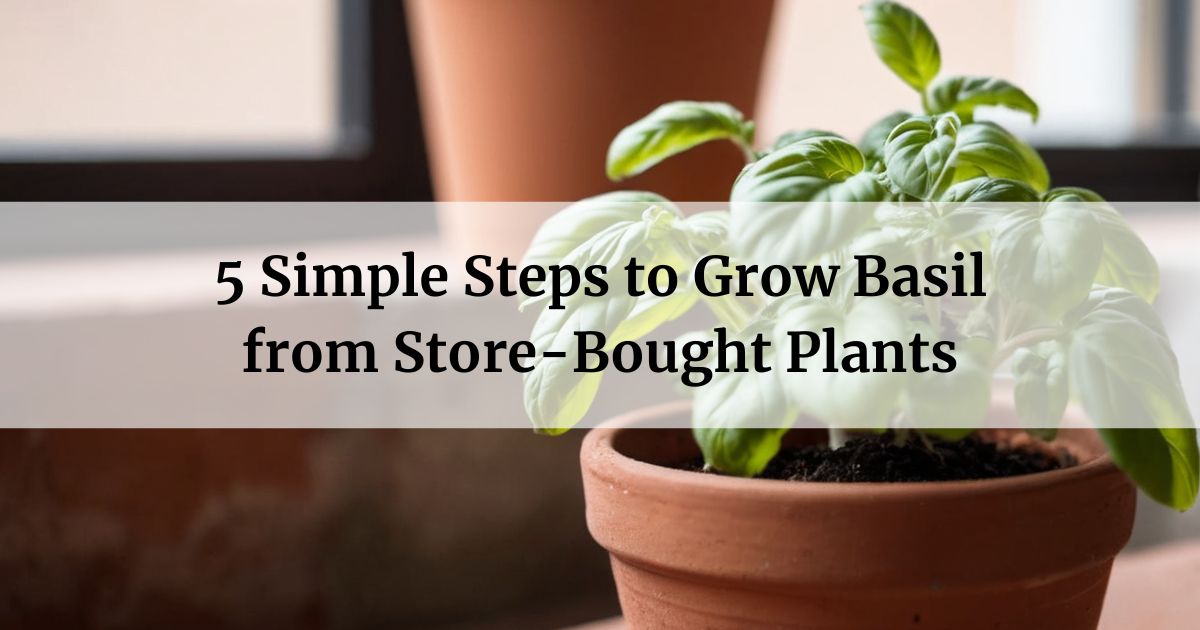
Indoor herb gardens are the perfect way to infuse your home with fresh, fragrant herbs year-round. Whether you have a spacious kitchen or a cozy apartment, these gardens offer a delightful escape into the world of culinary and medicinal herbs. Find out everything you need to get started in our essential guide to indoor herb gardening.
Contents
What Herbs Can Be Kept Indoors?
Indoor herb gardens provide a haven for various herbs. From basil and mint to parsley and thyme, the options are plentiful. To help you choose, we’ve put together a comprehensive list of the easiest herbs to grow indoors.
Now that you’ve selected your herbs, it’s time to set up your indoor garden.
What Soil Is Best for Indoor Herbs?
When growing indoor herbs, it’s important to choose the right soil to ensure healthy growth. Here are some of the best soil options for indoor herbs:
- Indoor potting mix: This is the go-to choice for indoor herbs because it helps water drain well and allows roots to breathe.
- Organic potting mix: This is a good choice for any indoor garden, especially for mint and basil. Avoid outdoor potting mixes and ordinary garden soil.
- Peat moss, sand, perlite, vermiculite, and some type of organic matter such as compost: These are the most common choices for growing media for indoor herbs.
- Quality potting mix: Always use a quality potting mix that will allow for proper airflow and drainage so your herbs can root.
Remember that good drainage is essential for growing herbs in containers. Make sure to use a container that has holes in the bottom to allow water to escape.
How Much Light Do Herbs Need Indoors?
Herbs require a significant amount of light to grow indoors. Most herbs need at least six hours of direct sunlight per day.
If you don’t have access to natural light, you can use artificial lights such as LED or HID lights for best results.
Drainage for Indoor Herbs
Herbs need drainage for healthy growth. Good drainage is essential for growing herbs in containers. Poor drainage can lead to root rot, stunting plant growth, and eventually killing plants.
Here are some tips on how to find the best spot for growing indoor herbs:
- Choose a sunny spot: Herbs need a significant amount of light to grow indoors. Place them in a sunny spot near a window that faces south, east, or west and receives at least six hours of direct sunlight per day.
- Use grow lights: If you don’t have access to natural light, you can use artificial lights such as LED or HID lights for best results. The amount of light needed for herbs varies depending on the type of herb, but as a rule of thumb, 12 hours per day of light is a good place to start.
- Ensure proper drainage: Herbs need well-draining soil to grow properly. Make sure to use a container that has holes in the bottom to allow water to escape.
- Keep them away from drafts: Herbs don’t like cold drafts, so make sure to keep them away from doors and windows that are frequently opened.
- Keep them away from heat sources: Herbs also don’t like heat sources such as radiators or heating vents. Keep them away from these sources to prevent them from drying out.
Most pots sold come with drainage holes in the bottom to allow the excess water to drain out of the potting soil. If you find a container suitable for growing herbs that doesn’t have drainage, you can use a drill bit to create drainage holes in the bottom.
Deciding Which Herbs to Grow Indoors
When deciding which herbs to grow indoors, consider the following:
- Choose herbs that are easy to grow indoors: Basil, chives, cilantro, mint, oregano, parsley, rosemary, sage, and thyme are among the easiest herbs to grow indoors.
- Consider the amount of light needed: Most herbs need at least six hours of direct sunlight per day. If you don’t have access to natural light, you can use artificial lights such as LED or HID lights for best results.
- Choose herbs that you use frequently: Consider the herbs that you use most often in your cooking and choose those to grow indoors. This way, you’ll always have fresh herbs on hand when you need them.
- Choose herbs that fit your space: Consider the size of your indoor space and choose herbs that fit your space. Some herbs, such as basil and mint, can grow quite large, while others, such as thyme and chives, stay small.
- Experiment: Don’t be afraid to experiment with different herbs to see what works best for you. You may find that some herbs grow better in your indoor environment than others.
Caring for Your Indoor Herbs
Overwatering is one of the biggest mistakes people make when growing an indoor herb garden. Water your herbs only when the top inch of soil feels dry to the touch.
Herbs also need nutrients to grow properly. Fertilize them once or twice a month with a liquid houseplant fertilizer.
Harvesting Your Herbs
To encourage bushy growth, harvest herbs often. For herbs like mint, basil, cilantro, and dill, snip a few inches from the top of each stem, cutting just above a set of leaves. Begin harvesting the herb when the plant has enough foliage to maintain growth. Up to 75% of the current season’s growth can be harvested at one time. Harvest early in the morning, after the dew dries, but before the heat of the day.
Indoor herb gardening is a rewarding and fulfilling endeavor. It allows you to savor the flavors of fresh herbs year-round and enjoy the therapeutic benefits of nurturing green life within your home.
Happy gardening!




